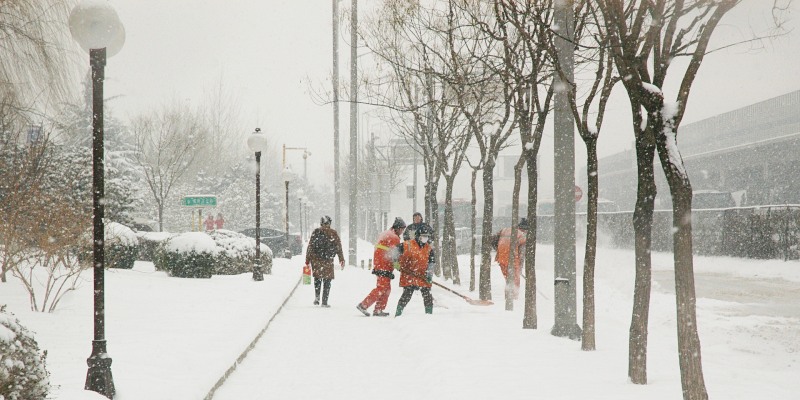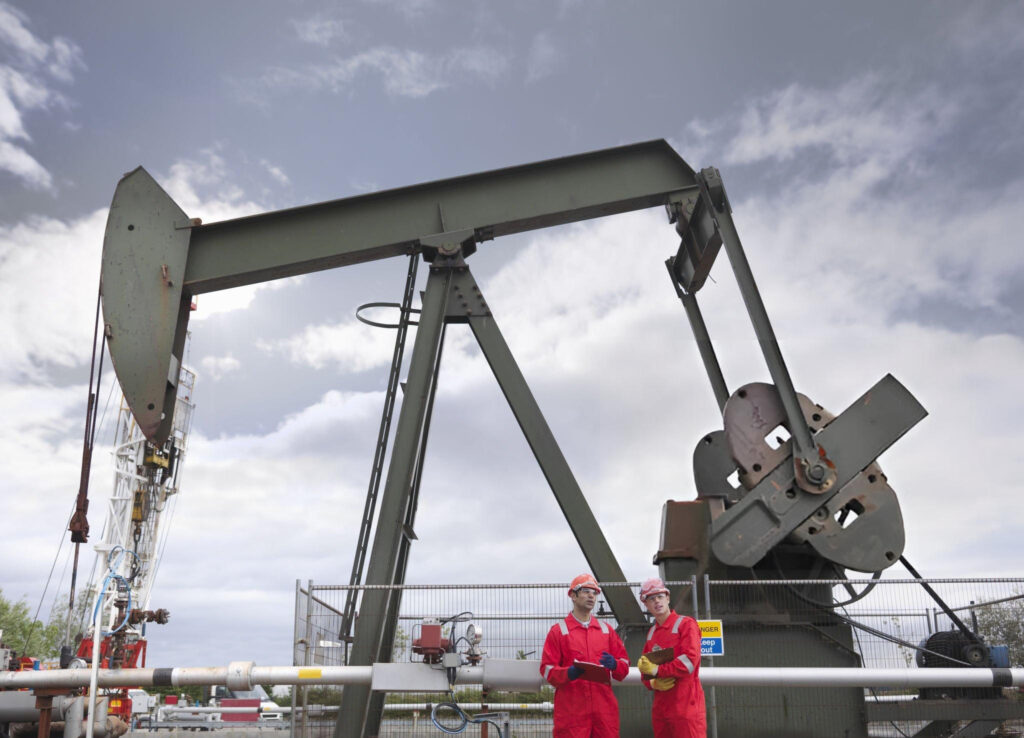How to Keep in Line with OSHA’s Winter Regulations
Do you work in an environment that is exposed to outdoor risks? Winter weather hazards can be a serious issue when it comes to health and safety. Seasonal risks increase when the temperatures drop each year, as winter can deem many environments far more dangerous.
Field workers in these environments need to make sure that they keep safe. It is so important for employers to enforce all relevant safety regulations, as this can seriously affect the safety of the workers as well as the company. This is why OSHA has its own winter regulations to follow.
Let’s explore some prominent winter weather hazards, and what OSHA regulations companies should follow to improve safety standards.
The Biggest Winter Weather Hazards
As the cold weather kicks in, all kinds of new dangers arise. Especially for exposed workers doing outdoor jobs, winter weather can be a real danger. Here are some of the most prominent winter weather hazards present in outdoor workplaces.
Snow, Ice, and Frost
One of the major dangers to workers in winter is that of snow, ice, and frost. When working outdoors, different surfaces can freeze up. This can result in the ground and platforms becoming slippery which can lead to falls. Dangerous falls is one of the most significant safety issues when it comes to workplace hazards.
During the winter months, working on raised platforms and areas becomes particularly dangerous. Everything from the floor to the railings can become wet, icy, and slippery. So, extreme caution is needed when working in snowy conditions.
Freezing Temperatures
Low temperatures can lead to the body freezing up. This can result in workers losing dexterity and struggling to work properly in their environment. Having the body freeze up could mean that people struggle to handle tools and equipment, increasing the chances of a workplace accident.
Cold temperatures that change the way the body functions also means that workers might be less focused or distracted by the cold. Again, this could result in accidents and injuries.
Winter Winds
Icy winds pose two different threats: they blow with a strong force and they are severely cold. This means that they can trigger hazards in both categories mentioned earlier. Strong winds can cause dangerous falls and accidents. Icy winds can affect the way a worker’s body functions.
Taking the windchill factor into account is essential for winter workers. This can be a leading cause of workplace incidents during the colder months.
Hypothermia and Frostbite
Extreme cold conditions can cause workers to become less alert and struggle with their regular bodily functions, but it can also pose a more serious risk. Prolonged exposure to the cold can result in hypothermia and frostbite. Both of these conditions can be incredibly dangerous.
Different people have differing levels of tolerance to the cold. Individuals also react differently to hypothermia and the symptoms can often go unnoticed. It is important to pay extra careful attention to the details here and to know what to look out for as signs of hypothermia.
Winter Driving
There are many professions that involve driving around in stormy winter conditions including field workers in the utility industry and similar jobs. This can be a serious safety hazard. Depending on where you are and just how intense the winter is, this could involve driving on wet roads through snow, ice, rainstorms, and having poor visibility. All of these different elements pose a serious safety risk.
Winter driving can cause major accidents and workers need to take plenty of caution. Make sure that your vehicle is properly inspected and that you have sufficient safety and emergency tools available.
Repairing Damaged Power Lines
Electrical workers face plenty of dangers during winter when it comes to repairing down or damaged power lines. Due to the harsh weather conditions, there is generally an increase in damage to power lines and electrical systems. Fixing these poses a number of safety issues.
First of all, there is the danger of working with exposed and damaged electrical wires. Doing this is rain and snow makes it even more dangerous. Then, there are all of the other winter weather hazards listed above that all apply. This could involve working at an elevated height, in slippery conditions, in the freezing cold, surrounded by damaged livewires.
Clearing Snow
Clearing snow can be a particularly dangerous activity in winter. Both the cold weather and the physical task of shoveling or blowing snow can be tough on the body. This can cause fatigue, as well as the risk of hypothermia or frostbite.
Working in the snow is an easy way to get cold stress. If you are working with powered equipment, such as snow blowers, then there are additional electrical risks present.
OSHA’s Winter Regulations to Ensure Safety
To avoid these winter weather hazards, there are a number of OSHA winter regulations in place. All relevant employers and workplaces need to enforce these to maintain the safest possible work environment.
Clothing and Equipment
One of the first and most important things to consider when working in harsh winter conditions is to dress properly. Workers need to wear appropriate weatherproof clothes for warmth. These need to provide enough insulation to protect the body against the cold and moisture outside.
Workers also need to be kitted out in the appropriate personal protective equipment (PPE). This includes things like helmets, gloves, proper footwear, and goggles. When working in the harsh cold, protective equipment and warm clothing need to work together to provide sufficient protection.
Vehicle Inspections and Road Safety
Before undertaking winter driving jobs, vehicles need to be inspected to make sure they meet all necessary safety standards. This can include having good enough tires and properly working mechanics. Vehicles should also be equipped with an emergency kit and the right tools to help the driver get out of any possible dangers.
Any work zones around the road also need to be set up properly. This should include displaying the appropriate warning signs to drivers, telling them to slow down, as well as implementing barriers where appropriate. Worksites along a road can be extremely dangerous in the winter months when the risk of accidents increases.
Sharing Knowledge and Education
No matter what the work environment or hazards are, it is essential that workers are well informed of the dangers involved and understand the correct safety practices.
Workers need to be clearly briefed on the safety aspects of all hazardous work environments. This should include explaining the importance of the relevant PPE needed, and what kind of risks may be present. One of the most necessary steps for reducing incidents and accidents is a widespread understanding and cautionary approach to these risks.
This can be done through a safety briefing before going on a job, creating concise safety documents and guidelines, and clearly marking off risky work areas with the correct signage. Using a comprehensive safety app can help support job preparedness and keep workers informed on the potential dangers and what precautions they should take before they start their work.
Conclusion
Winter weather hazards can be a serious concern across various professions and industries. Any job that is performed outdoors is exposed to potential dangers during the cold winter months. In areas where snow, ice, and extreme temperatures occur, the risks can be serious.
Workers and employers need to make sure that they put the correct safety precautions into place. Following the necessary OSHA winter regulations is critical here, as they have been designed to reduce the risk and impact of dangerous winter weather conditions.





